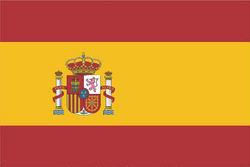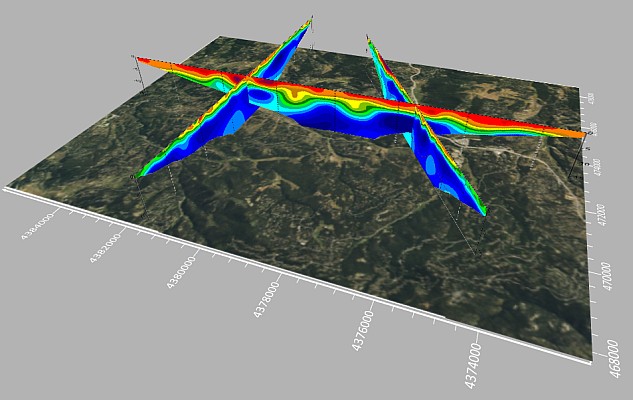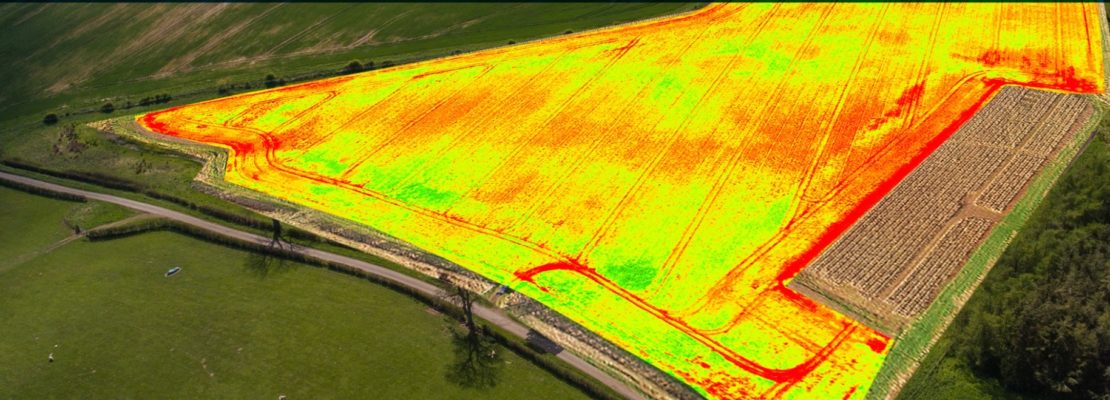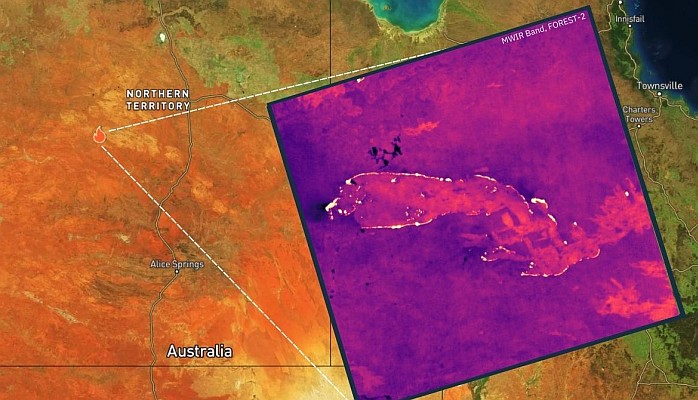Scenario 
Dengue fever is caused by dengue virus which is transmitted by infected mosquito bite. As there is no approved vaccine for dengue virus, reducing the number of infected mosquito with insecticide is employed as the primary prevention. However, the movement possibility of infected mosquitoes might be neglected for this single prevention, and consequently the dengue virus will be spread to different areas. Therefore, retarding movement of infected mosquitoes can effectively prevent transmission of dengue fever.
Goals
In this research, the habitats of infected mosquitoes in each time period are viewed as nodes within ecological network, and links among nodes are created while the spatial distance between any two nodes/habitats is within the range of mosquitoes’ movement. Under conditions of what mentioned above, analyses belonging to ecological network are adopted to analyze key links in and between each time period. And with information on relevant layers created through SuperGIS Desktop, recommendations are made to restrain these key links and limit range of mosquitoes’ movement to achieve the goal of preventing transmission of dengue fever. Besides, both time and spatial dimensions are considered concurrently to detect key transmission corridors in and between each time period to prevent infected mosquitoes from moving through these corridors and effectively restrain the spread of dengue fever.
Solutions
The analysis applied in this research is to analyze how infected mosquitoes transfer among habitats and to detect key transmission corridors. According to results of this research, impairing connection intensity of ecological networks by restraining transmission corridors of infected mosquitoes can effectually control spread of dengue fever. The three research targets are:
1. Employing analyses of ecological network to detect suspected key transmission corridors for movement of infected mosquitoes in and between each time period.
2. Making recommendation related to different key transmission corridors to restrain spread of infected mosquitoes.
3. Adopting SuperGIS Desktop 3.2 to integrate analysis data and results and to display the information on map.
Results
1. Space-time Diffusion of Dengue Fever:
When it comes to space-time diffusion of dengue fever, both human movement and infected mosquitos’ movement are influential. Besides, not like human movement which cannot be restrained with ease, route of infected mosquitos’ movement can be easily restricted by external forces. Therefore, the key transmission corridors of infected mosquitoes can be detected and displayed with SuperGIS Desktop, and the areas where those corridors are, recommended for being eliminated are also shown on GIS platform to control spread of dengue fever.

2. Data Source:
Relevant data from Centers for Disease Control in Taiwan is detected, analyzed and displayed on GIS platform for finding out the key transmission corridors of infected mosquitoes. Subsequently, recommendation for eliminating these key corridors is made to impair the connection intensity between each habitat and to achieve the goal of preventing spread of dengue fever.
3.The Space-time Network for Habitats and Movement of Dengue-Infected Mosquitoes
The space-time network is composed mainly of layers of nodes and lines, which belong to different time periods. Each node standing for the habitat where mosquitos’ eggs are found is created on the center of the corresponding raster on the layer. And each line connecting two nodes represents the corridor of the two habitats in the range of mosquitoes’ movement. Besides, lines can be divided into two types of link connecting two nodes on the same time period layer or different time period layers. A solid line stands for the possible transmission corridor in the same period while the two end points are on the same period layer. In the meantime, a dotted line stands for the possible transmission corridor across two periods while the two end points are on different period layers. The ecological network of dengue-infected mosquitoes is built according to the principle above.

4. Computing the Significance of Each Link
Analyses within ecological network and conceptions of space-time analysis are employed to define the significance of each link. In addition, conceptions of Common Neighbors are also adopted to deliberate link features.
5. Link Types and Features
According to temporal features of links in the same or different time periods, and analysis results including global link, local link and bond. And the bond is considered the most crucial one of all. A bond stands for the possible and key transmission corridor of infected mosquitoes’ movement. Additionally, bond in the same or different periods reveal different risk intensities of transmission. Overlaying layers of different link types with SuperGIS Desktop, the main transmission corridor built both in the same and different periods can be viewed clearly on the map.

Effects:
According to the analysis result processed and displayed on SuperGIS Desktop, a recommendation for both implementing prevention in the areas with large quantity of mosquito carrying dengue virus and restraining key transmission corridors is made for time periods when infected mosquitoes are active. This strategy can not only prevent mosquito from breeding in areas with severe dengue epidemic, but also retard transmission of dengue vectors in periods and spaces to run prevention sufficiently.
Source: Supergeo Technologies








